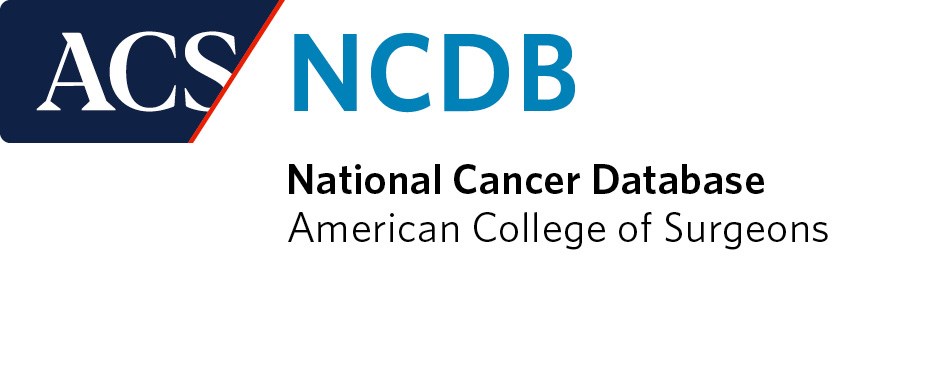Literature selections curated by Lewis Flint, MD, FACS, and reviewed by the ACS Brief editorial board.
Study Examines Frequency and Characteristics of Diabetes Remission following Bariatric Surgery
Varban OA, Bonham AJ, Carlin AM, et al. Independent Predictors of Discontinuation of Diabetic Medication after Sleeve Gastrectomy and Gastric Bypass. J Am Coll Surg. 2022. In press.
The authors queried a statewide bariatric surgery database from 2006 to 2019 to determine the relationship between severity of type 2 diabetes, the type of therapy required for control of the diabetes, and the frequency and characteristics of remissions that occurred after bariatric surgery performed in obese diabetic patients.
Patients were divided into two groups. One group was treated with oral antidiabetic medication alone, and the other received with insulin. One-year follow-up was available on all included patients. The patient cohort consisted of 11,664 patients; oral medication was used by 62.3% of the cohort. The mean age of included patients was 51 years, and the mean preoperative BMI was 48. Female patients represented 72.5% of the cohort. Laparoscopic sleeve gastrectomy was the procedure performed in 60.6% of the cohort.
Of interest was the fact that patients requiring insulin therapy were older and had more comorbidities, but had a lower BMI than patients who underwent laparoscopic sleeve gastrectomy. Diabetes remission resulted in cessation of oral medication in 85% of patients using this therapeutic modality; two-thirds of patients using insulin were able to discontinue the medication. Gastric bypass was associated with a higher rate of diabetic medication cessation in patients requiring insulin therapy compared with patients taking oral antidiabetic medication. Laparoscopic gastric bypass, of note, also was associated with a higher rate of postoperative morbidity than laparoscopic sleeve gastrectomy.
The authors concluded that bariatric surgery was an effective means of achieving diabetes remission in obese diabetic patients and that considering patients for surgery earlier in their diabetes, before patients required insulin, would potentially permit a higher rate of laparoscopic sleeve gastrectomy procedures and lower rates of postoperative morbidity.
Comparing Society Guidelines for Management and Surveillance of Pancreatic Cysts
Aziz H, Acher AW, Krishna SG, Cloyd JM, Pawlik TM. Comparison of Society Guidelines for the Management and Surveillance of Pancreatic Cysts: A Review. JAMA Surg. Jun 22, 2022. doi:10.1001/jamasurg.2022.2232
The accuracy and increased use of cross-sectional imaging has resulted in a steady increase in the recognition of pancreatic cystic lesions. Data cited by the authors showed that pancreatic cystic lesions may be identified in up to 71% of patients undergoing cross-sectional imaging for other diagnoses. Pancreatic cysts may be classified as mucinous or non-mucinous lesions. Mucinous lesions carry a significant risk for malignant transformation. Among non-mucinous lesions, cystic neuroendocrine tumors and solid pseudo-papillary neoplasms can progress to malignancy. Cystic adenomas, on the other hand, have a less than 1% risk for malignancy, and pseudocysts are benign inflammatory lesions.
The authors compared society-sponsored guidelines for management of pancreatic cystic lesions. Guidelines from five professional societies were included in the analysis.
The guidelines emphasized the need to identify lesions at higher risk of malignant disease using MRI imaging, endoscopic ultrasound-assisted needle aspiration and biopsy, as well as the identification of high-risk changes, such as a solid component, to the cystic lesion and pancreatic ductal dilatation. The authors noted that the recommendation were supported by weak evidence and did not include consideration of advanced techniques to quantify malignancy risk, such as cyst fluid genetic analysis and endoscopic ultrasound-guided confocal laser endomicroscopy.
They concluded that the guidelines provided safe and effective recommendations, but optimal patient care would be achieved more reliably if patients were cared for in institutions that had capability for advanced diagnostic techniques and used a multidisciplinary approach for determining the most appropriate therapeutic strategy.








